So, due to some unfortunate circumstances, I ended up blowing out a resistor on a circuit board that I have. It has color code of:
Brown Black Black Gold Black
Since the last band is black, my research says that it's a non-inductive resistor (as described here). As a result of that, however, I'm struggling to find a replacement for it. I'm still really green when it comes to basic electronics (hence the unfortunate circumstance heh....), and I would like to try to replace the resistor if possible. Is this something that can be replaced with a 10 Ω 5% tolerance resistor that doesn't have a black band on the end of it? If not, I would appreciate if anyone knows where I might be able to purchase a matching replacement resistor.
Thank you all!
Edit: for a little bit of clarity, this is on a Sonoff Basic R3 switch, and runs off of normal (US) 120 V power.
Edit 2: Pictures were requested, and I'm not sure of what exactly would be helpful, so here is a pic of the resistor itself (on another R3 unit I have that's a little less exploded heh), as we as a top-down view. The resistor is the first thing that the current flows through when entering the circuit from the entry point on the left (green box with flat-tip screws). On the PCB, it's labeled R1.

